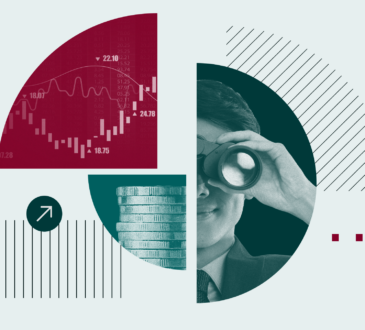-
President Trump’s tariff announcements have unsettled the financial markets.
-
This instability recalls past crises, like the Black Monday 1987 stock market crash.
-
Black Monday saw a 20.5% S&P 500 drop, the most drastic in financial history.
President Donald Trump’s tariff announcements have shaken up financial markets in recent weeks.
For some, this economic instability has brought to mind past financial crises, like the Great Recession, the Great Depression, and the October 19, 1987, crisis known as Black Monday.
On Black Monday, the S&P 500 saw a historic 20.5% downturn, and the Dow Jones plummeted by 22.6%. This was the biggest plunge the markets had taken since October 28, 1929, the start of the Great Depression, which lasted until 1932.
These 10 pictures show how Black Monday impacted markets worldwide and explain the factors that contributed to the financial crash.
The crash came at the end of an extended bear market.
Following a few years of economic strength, stock prices climbed up 44% in the first half of 1987, creating an asset bubble that began imploding on October 16, when reports of a growing trade deficit started spreading.
By the time the markets closed on Friday, October 16, 1987, economic uncertainty signaled what would come at the beginning of the week as the Dow Jones began to decline, seeing a 4.6% downturn by the end of the day.
That Saturday, Treasury Secretary James Baker’s proposal to devalue the US dollar to minimize the growing trade deficit escalated anxieties, heightening financial panic.
Automatic transactions heightened the crash as investors transitioned to computerized trading.
By 1987, investors had begun using computerized trading programs designed to send sell or buy orders whenever stock prices behaved a certain way.
The Black Monday crash showed how these early technologies affected the market during a drastic downturn.
Computerized portfolio insurance programs contributed to the free fall.
New automated portfolio insurance tools used software to automatically sell stocks whenever they dropped below a certain price. These programs automatically sold a large number of stocks, overwhelming the market and further contributing to the accelerated financial downturn.
Widespread panic led to chaotic markets.
As news of the crash spread through Wall Street and beyond, investors rushed to sell in frantic efforts to save their funds. The panic only made more and more traders sell their stocks, pushing the markets further down.
The effects of the crash were felt across the globe, with Asian markets getting an early hit.

